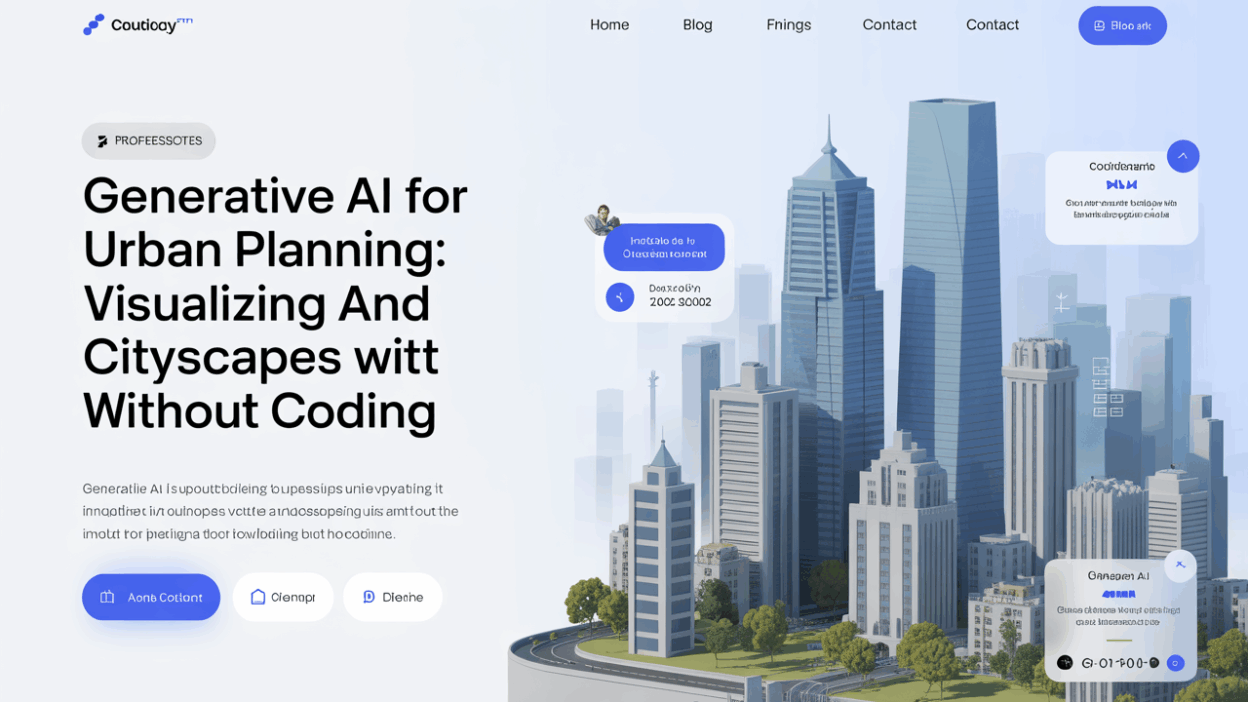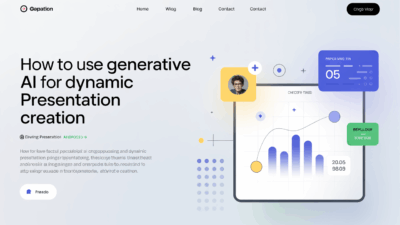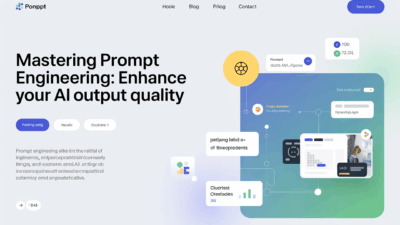Generative AI is revolutionizing urban planning by enabling professionals and residents to visualize cityscapes without the need for coding expertise. This technology leverages advanced algorithms to analyze extensive datasets, allowing for the creation of detailed urban environments in real-time . With generative AI, urban planners can optimize land use, enhance environmental sustainability, and improve the overall quality of life in cities.
One of the most exciting applications of generative AI in urban planning is its ability to allow residents to become active participants in the design process. Platforms using generative AI can develop images based on public input, enabling citizens to contribute more fully to the shaping of their urban environments . This participatory approach not only democratizes urban design but also ensures that the needs and preferences of the community are reflected in the final plans.
In addition to fostering public engagement, generative AI streamlines complex planning processes. For instance, zoning assignments can be adjusted, population distribution optimized, and facilities allocated with greater precision . This level of efficiency is particularly valuable in large-scale urban development projects where traditional methods may be time-consuming and resource-intensive.
Moreover, generative AI can simulate countless scenarios to generate innovative urban designs that balance the needs of the environment, economy, and society . By analyzing vast datasets, this technology supports sustainable urban development by identifying optimal layouts for infrastructure, housing, and green spaces.
Real estate professionals are also benefiting from generative AI applications, as these tools enhance efficiency and optimize decision-making in the industry . From generating digital 3D models of proposed buildings to streamlining the permitting process, generative AI is transforming how urban development projects are conceptualized and executed .
As the technology continues to evolve, it promises to unlock even more possibilities for urban planners and architects. With the ability to explore a broader design space, professionals can experiment with parametric generative tools to develop algorithms that generate 3D structural forms . This opens up new avenues for creativity and innovation in urban design.
In conclusion, generative AI is not just an exciting technological advancement; it is a powerful tool that is reshaping the landscape of urban planning. By enabling both experts and non-experts to visualize and contribute to cityscapes without coding, it is paving the way for smarter, more inclusive, and sustainable urban environments.



